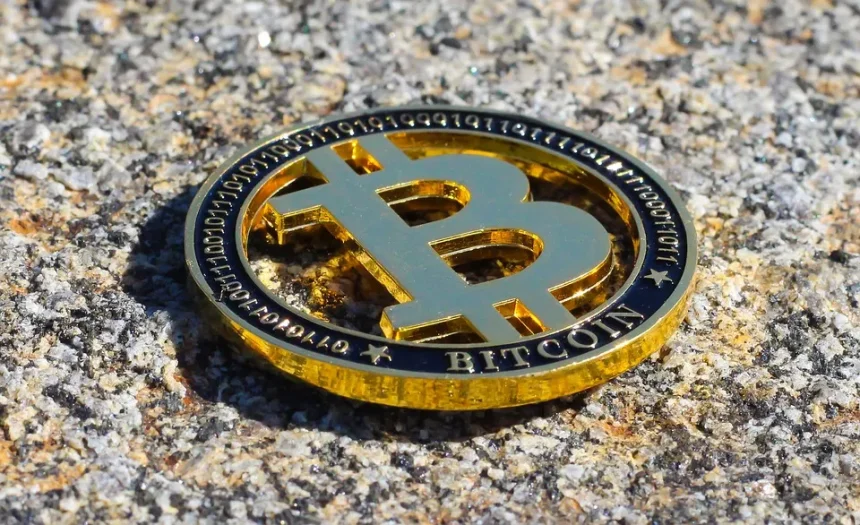As cryptocurrencies gain popularity, securing your digital assets has become a paramount concern for investors and users alike. The decentralized and digital nature of cryptocurrencies makes them susceptible to various security threats, including hacking, scams, and loss of access to wallets. This article provides a comprehensive overview of cryptocurrency security, outlining best practices to help you safeguard your investments effectively.
1. Understanding the Risks
A. Common Threats to Cryptocurrency Security
- Hacking and Cyberattacks: Cryptocurrency exchanges and wallets are frequent targets for hackers. High-profile breaches have resulted in significant losses for users and exchanges alike.
- Phishing Scams: Scammers often impersonate legitimate exchanges or wallets to trick users into providing sensitive information. Phishing attacks can occur via emails, fake websites, or malicious software.
- Loss of Private Keys: Users who lose access to their private keys may permanently lose their cryptocurrencies, as there is no way to recover them without the key.
- Malware and Keyloggers: Malware can infect devices, capturing sensitive information such as passwords and private keys. Keyloggers record keystrokes, potentially compromising your security.
B. Importance of Security Awareness
Understanding these risks is crucial for anyone involved in cryptocurrency. Awareness of potential threats enables users to take proactive measures to protect their investments.
2. Types of Cryptocurrency Wallets
A. Hot Wallets vs. Cold Wallets
- Hot Wallets: These are connected to the internet, making them more convenient for frequent transactions but more vulnerable to attacks. Examples include web wallets, mobile wallets, and desktop wallets.
- Cold Wallets: These are offline storage solutions, providing enhanced security. Examples include hardware wallets and paper wallets. While they are less convenient for regular use, they are significantly safer from online threats.
B. Choosing the Right Wallet
When selecting a wallet, consider your security needs:
- For daily transactions, a hot wallet may suffice, but use it only for small amounts.
- For long-term storage, opt for a cold wallet to minimize exposure to risks.
3. Best Practices for Securing Your Cryptocurrency
A. Use Strong, Unique Passwords
- Password Complexity: Create complex passwords that include a mix of letters, numbers, and special characters. Avoid easily guessable information like birthdays or names.
- Password Managers: Consider using a password manager to generate and store unique passwords for different accounts securely.
B. Enable Two-Factor Authentication (2FA)
Two-factor authentication adds an additional layer of security by requiring a second form of verification, such as a text message or authentication app. Always enable 2FA on wallets and exchanges that support it.
C. Be Wary of Phishing Attempts
- Verify URLs: Always double-check the URL of the website you’re visiting. Ensure it matches the official site of your wallet or exchange.
- Avoid Suspicious Links: Do not click on links in unsolicited emails or messages. Legitimate companies will never ask for sensitive information via email.
D. Keep Software Updated
Regularly update your wallet software, exchange applications, and device operating systems. Software updates often include security patches that protect against vulnerabilities.
E. Backup Your Wallet
- Create a Backup: Most wallets allow you to create a backup of your private keys or recovery phrase. Store this backup securely, both digitally and physically.
- Multiple Backups: Consider keeping multiple backups in different locations to ensure access in case of theft, loss, or damage.
F. Use Hardware Wallets for Long-Term Storage
For significant amounts of cryptocurrency, a hardware wallet provides superior security. These devices store private keys offline, making them less vulnerable to online threats.
G. Keep Your Recovery Phrase Secure
Your recovery phrase (seed phrase) is crucial for accessing your wallet. Store it offline in a safe place and never share it with anyone. Consider using a safe or a safety deposit box.
4. Protecting Your Devices
A. Install Antivirus Software
Use reputable antivirus software to protect your devices from malware and viruses. Regularly scan your devices for threats to ensure they remain secure.
B. Avoid Public Wi-Fi for Transactions
Public Wi-Fi networks can be insecure, making it easier for attackers to intercept your data. If you must use public Wi-Fi, consider using a Virtual Private Network (VPN) to encrypt your connection.
C. Secure Your Home Network
- Change Default Settings: Change the default passwords and settings on your router to improve security.
- Use a Firewall: Enable a firewall on your network to protect against unauthorized access.
5. Choosing Reputable Exchanges
A. Research Exchange Security Features
When selecting an exchange, consider its security features. Look for platforms that:
- Use cold storage for the majority of their funds.
- Offer insurance policies for users’ assets.
- Have a strong reputation in the community.
B. Check for Regulatory Compliance
Choose exchanges that comply with regulations and have a transparent operating history. Regulatory compliance can indicate a commitment to security and user protection.
6. Staying Informed
A. Follow Security Updates
Stay updated on the latest security practices and news in the cryptocurrency space. Follow reputable sources and communities to stay informed about potential threats and best practices.
B. Participate in Community Discussions
Engage with other cryptocurrency users in forums, social media groups, and communities. Sharing experiences and insights can help you learn about emerging threats and effective security measures.
7. Conclusion
Securing your cryptocurrency investments requires a proactive approach and a solid understanding of potential risks. By following best practices, such as using strong passwords, enabling two-factor authentication, and choosing the right wallets, you can significantly reduce the likelihood of falling victim to security threats.
As the cryptocurrency landscape continues to evolve, remaining vigilant and informed is essential. Protecting your digital assets is not just about implementing security measures; it’s also about fostering a mindset of awareness and caution in an ever-changing environment. By prioritizing security, you can enjoy the benefits of cryptocurrency while safeguarding your investments for the future.
To stay up to date with the latest news and trends. To learn more about our vision and how we’re making a difference, check out OC-B by Oort X Media.





